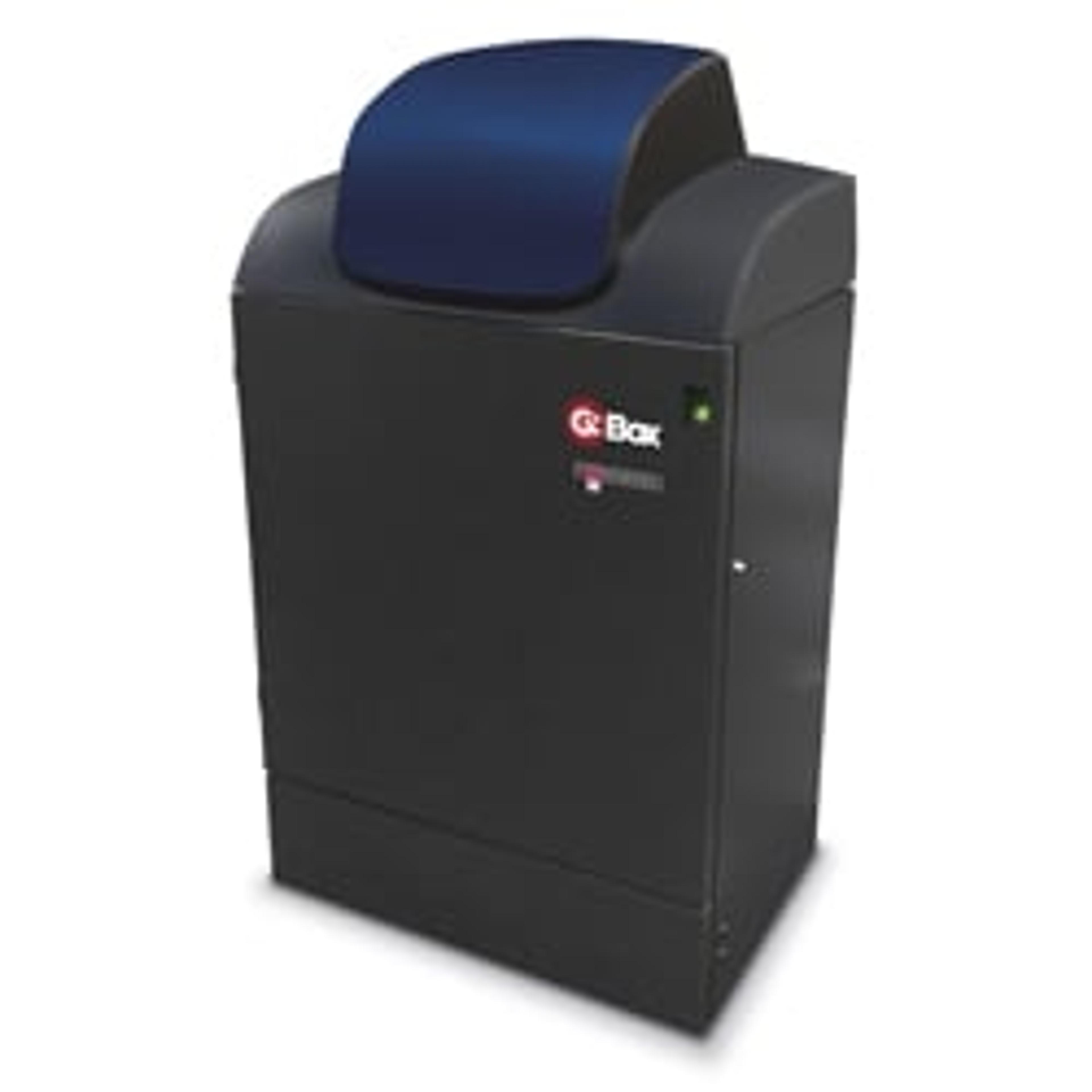New Multi-Purpose CCD Imaging System Offers Affordable Method of Analysing All DNA and Protein Gels
14 Feb 2007Syngene, a world-leading manufacturer of image analysis solutions, is delighted to introduce its new Dyversity 4, an automated multifunctional image analyser, which is ideal for laboratories that want to rapidly and accurately analyse images of 1D and 2D gels stained with commercial visible, fluorescent or chemiluminescent dyes.
Dyversity 4, a new affordable addition to Syngene’s successful Dyversity range, comprises a high resolution, 16-bit CCD camera inside a light tight darkroom integrated to a PC containing Syngene’s powerful image capture and analysis software. The darkroom comes complete with overhead white light and features a programmable, moving stage that ensures users can save time by imaging a range of gel sizes and can recall stage positions for each gel.
Dyversity 4 is designed for unrivalled versatility and can be customised for specific applications by fitting filters and a UV transilluminator, blue and white light converters and Cy dye lighting modules, all of which are available from Syngene. This allows users to image commercially available DNA or protein stains including: Ethidium Bromide, Coomassie Blue, Cy dyes, Deep Purple™, Pro-Q® Emerald, Silver Stain, SYBR Safe™ and SYPRO® Ruby. The images can then be automatically transferred into Syngene’s GeneTools for 1D gel analysis or into Dymension, Syngene’s powerful 2D gel analysis software for fast result generation.
Laura Sullivan, Syngene’s Divisional Manager explained: “Researchers in many laboratories have to image 1D and 2D gels but don’t want to invest in a laser scanner and an image analyser. To fill this gap, we have made one versatile imager which provides amazing resolution, ensuring Dyversity 4 is not only an excellent system for rapid 2D gel analysis but also great for imaging 1D gels and chemiluminescent blots. This means scientists demanding a fast, cost effective method of producing accurate results from both DNA and proteomics studies need look no further than a Dyversity 4.”

